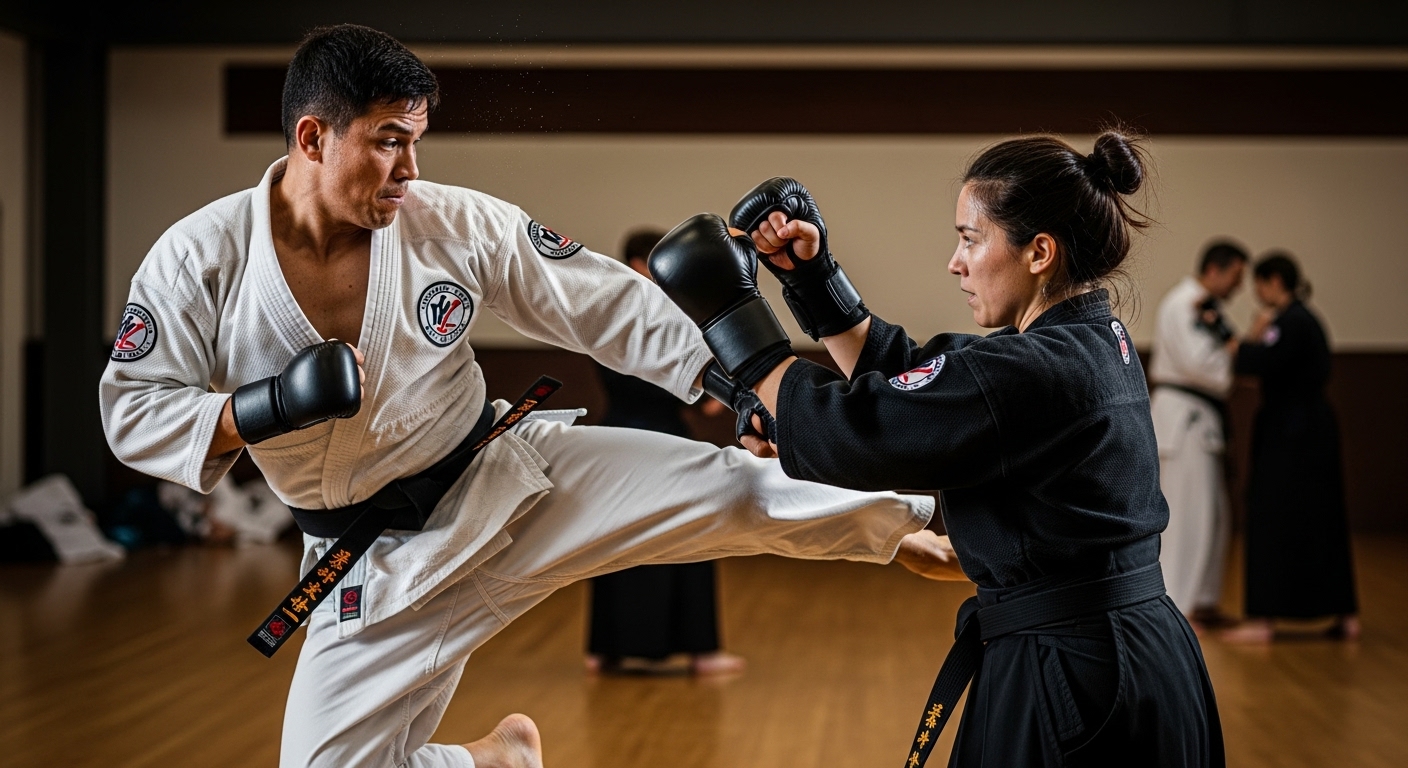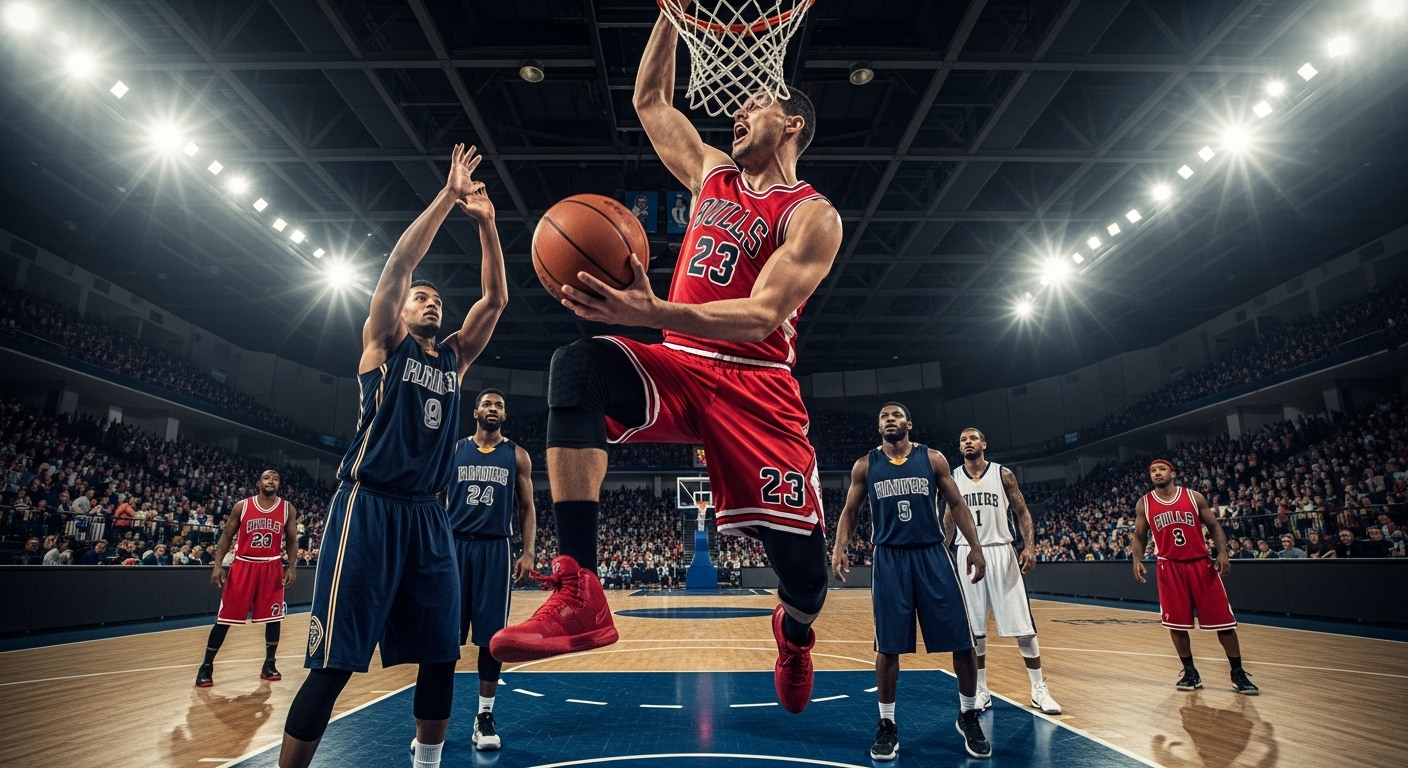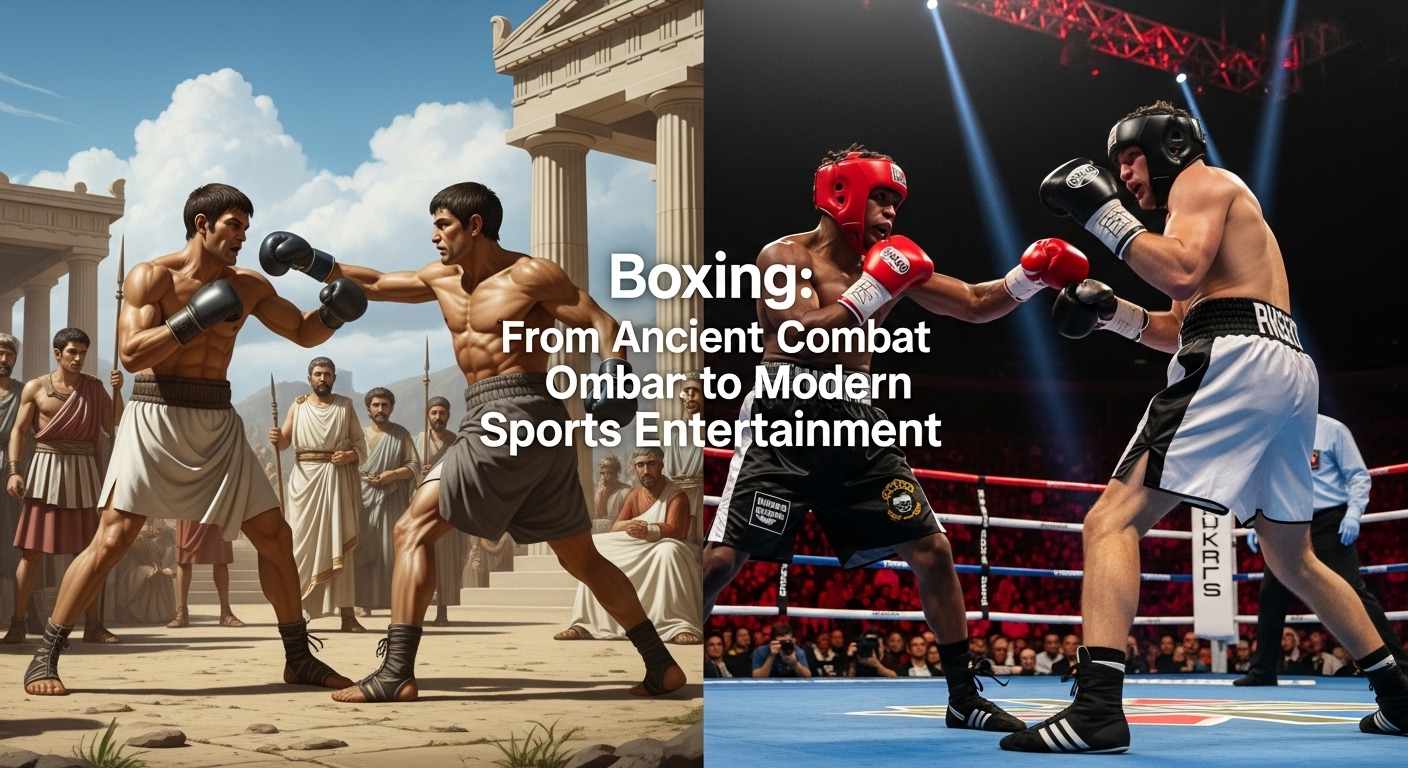Introduction to Mixed Martial Arts
Mixed Martial Arts, widely known as MMA, has grown from a niche combat sport into a global phenomenon. Once seen as brutal and unregulated, MMA has evolved into one of the fastest-growing sports in the world, combining elements of boxing, wrestling, jiu-jitsu, kickboxing, and many other martial arts disciplines. Its appeal lies in the diversity of techniques, the excitement of competition, and the raw display of skill, endurance, and strategy.
What started as a showcase of different martial arts styles has now become a professional, highly regulated sport watched by millions around the globe. With major promotions, world-class athletes, and growing fan bases in nearly every country, MMA has transformed from underground spectacle to mainstream entertainment. The rise of MMA worldwide is not just about the sport itself but also about cultural acceptance, athlete development, and its influence on modern fitness and training.
Origins of Mixed Martial Arts
The concept of blending different fighting styles is not new. Ancient combat sports such as pankration in ancient Greece combined striking and grappling techniques in a manner very similar to modern MMA. However, the modern rise of MMA can be traced back to the late 20th century, when martial artists from different backgrounds began testing their skills against one another in organized competitions.
The early years of modern MMA were raw and unrefined. Fighters often represented single disciplines—boxers, wrestlers, or jiu-jitsu practitioners—each aiming to prove that their martial art was superior. The lack of rules in those early events led to widespread criticism, but it also demonstrated the effectiveness of blending techniques. Over time, organizations introduced regulations, weight classes, and safety measures, helping MMA evolve into a legitimate sport that emphasized skill, preparation, and respect.
The Evolution of MMA Rules and Regulations
In the early 1990s, many viewed MMA as violent and dangerous because of its minimal rules. Matches often ended in brutal fashion, which led to political and public backlash. However, the introduction of standardized rules helped reshape the sport’s image. These included the prohibition of dangerous techniques, mandatory gloves, time limits, medical oversight, and weight divisions.
The Unified Rules of Mixed Martial Arts, adopted in the early 2000s, brought legitimacy and structure. They defined fouls, clarified scoring systems, and emphasized athlete safety. These changes transformed MMA from a spectacle into a respected competitive sport. With more structure, fighters began training in multiple disciplines rather than relying solely on one, leading to the emergence of the well-rounded modern MMA athlete.
The Growth of Major MMA Organizations
The global expansion of MMA owes much to the rise of major organizations that promoted the sport to broader audiences. Companies like the Ultimate Fighting Championship, Bellator, and ONE Championship helped establish professional careers for fighters and brought events to international stages.
Promoters worked hard to brand MMA as a respectable sport rather than a violent brawl. They showcased the dedication of fighters, introduced compelling storylines, and built iconic rivalries that attracted millions of fans. Media coverage and pay-per-view events further expanded its reach, transforming MMA into a commercial success.
As these organizations gained popularity, they began hosting events across the world, from North America and Europe to Asia and South America. This global exposure not only introduced new fans to MMA but also encouraged fighters from diverse cultural backgrounds to pursue careers in the sport.
The Role of Iconic Fighters
The rise of MMA worldwide cannot be separated from the impact of its fighters. Charismatic and skilled athletes became global stars, attracting audiences beyond traditional combat sports fans. Figures like Anderson Silva, Georges St-Pierre, Ronda Rousey, Conor McGregor, and Khabib Nurmagomedov transcended the sport, becoming household names known for their dominance, personalities, and unique fighting styles.
These fighters not only showcased incredible skills inside the cage but also became ambassadors for MMA outside of it. Through interviews, media appearances, and social influence, they helped humanize the sport and expand its popularity. Their success stories inspired countless young athletes worldwide to train in MMA, creating new generations of fighters and fans.
Cultural Acceptance of MMA
The perception of MMA has undergone a dramatic shift. Once criticized as “human cockfighting,” it is now recognized as a disciplined sport that demands physical conditioning, technical mastery, and mental toughness. This cultural acceptance has been key to its rise.
MMA gyms have become more common, attracting not only aspiring fighters but also fitness enthusiasts who see MMA training as a way to stay in shape. Parents increasingly enroll children in martial arts programs that incorporate MMA fundamentals, recognizing the benefits of discipline, confidence, and physical fitness. Media portrayals of MMA have also shifted, with greater emphasis on athlete professionalism and the respect shown between competitors.
MMA’s Expansion Across Continents
North America
North America has played a central role in the development and rise of MMA. The United States in particular has been home to many major organizations, gyms, and fighters. The popularity of MMA in North America has been fueled by pay-per-view events, television contracts, and crossover appeal with mainstream entertainment. Canada has also contributed significantly, producing stars like Georges St-Pierre, who became a national hero and a global ambassador for the sport.
South America
Brazil holds a special place in the history of MMA due to the influence of Brazilian jiu-jitsu. The Gracie family popularized the art, which became foundational in MMA. Brazilian fighters such as Anderson Silva and José Aldo further elevated the country’s status in the sport. Today, Brazil remains one of the most passionate MMA markets, producing champions and cultivating loyal fan bases.
Europe
Europe has embraced MMA with growing enthusiasm. The United Kingdom, Ireland, and Russia have produced globally recognized fighters. Conor McGregor’s meteoric rise from Ireland brought European MMA into the spotlight, while Russian fighters like Khabib Nurmagomedov showcased the region’s dominance in grappling-based styles. European cities regularly host major events, reflecting the continent’s increasing love for MMA.
Asia
Asia has deep martial arts traditions, from Muay Thai in Thailand to judo and karate in Japan. MMA found fertile ground in the region, blending these traditions with modern competition. Japan played a major role in early MMA with organizations like Pride, while Singapore-based ONE Championship has become a leading force in Asian MMA today. The sport’s popularity continues to expand across countries like China, the Philippines, and South Korea.
Africa
Though relatively new to MMA, Africa is producing world-class talent. Fighters like Kamaru Usman, Israel Adesanya, and Francis Ngannou have captured global titles and brought pride to their home nations. Their success has inspired a growing MMA community across the continent, with more gyms and local promotions emerging to nurture future champions.
The Influence of Media and Technology
Media has been central to MMA’s rise. Early DVDs and highlight reels introduced the sport to new audiences, but digital platforms truly expanded its reach. Streaming services, social media, and online highlights made MMA accessible worldwide. Fans could watch events in real time, engage with fighters on social media, and share exciting moments instantly.
Technology also changed how fighters train and prepare. Video analysis, data tracking, and performance monitoring allow athletes to refine their techniques and conditioning. As a result, the quality of competition continues to improve, making the sport more exciting and professional.
Women in Mixed Martial Arts
One of the most significant developments in MMA has been the rise of women fighters. Initially overlooked, women now compete at the highest levels and draw massive audiences. Fighters like Ronda Rousey, Cris Cyborg, and Amanda Nunes broke barriers, proving that women’s MMA is just as exciting and competitive as men’s.
The inclusion of women’s divisions not only expanded the fan base but also provided inspiration for female athletes worldwide. Today, women’s MMA continues to thrive, with fighters from diverse backgrounds making their mark and inspiring the next generation.
MMA as a Global Fitness Trend
Beyond professional competition, MMA has influenced fitness culture worldwide. Gyms offering MMA-inspired training programs attract individuals seeking intense workouts that combine strength, cardio, and discipline. The appeal lies in learning practical self-defense skills while improving overall fitness.
Programs like kickboxing classes, Brazilian jiu-jitsu sessions, and mixed martial arts conditioning have become mainstream in fitness centers. This integration has introduced countless people to MMA, further normalizing the sport and broadening its impact beyond just fighters and hardcore fans.
Challenges Facing MMA
Despite its growth, MMA faces challenges. Safety concerns remain a topic of discussion, as the sport involves high-impact strikes and submissions. While regulations have improved, injuries are still common.
Additionally, questions about fighter pay, long-term health, and fair opportunities continue to surface. As MMA becomes more global, organizations must balance commercial interests with the well-being of athletes and the integrity of competition.
The Future of Mixed Martial Arts Worldwide
The future of MMA looks incredibly bright. As the sport continues to expand into new regions, more athletes from diverse backgrounds will enter the spotlight. Advancements in sports science and technology will push performance levels even higher.
MMA is also likely to become more integrated into mainstream culture, with more crossover into entertainment, media, and fitness. With the continued rise of female fighters, global champions from different continents, and growing youth programs, MMA is poised to remain a defining sport of the 21st century.
Conclusion
The rise of mixed martial arts worldwide has been nothing short of extraordinary. From its roots in ancient combat traditions to its explosive growth in modern times, MMA has transformed into a respected, global sport. Its evolution from unregulated contests to professional, highly organized competitions demonstrates its resilience and appeal.
MMA’s popularity has been fueled by the charisma of its fighters, the vision of promoters, and the enthusiasm of fans worldwide. It has grown beyond competition to influence fitness, culture, and entertainment. Today, MMA is more than just a sport—it is a global movement that celebrates diversity, resilience, and the pursuit of excellence.
As the sport continues to expand, it will inspire new generations of athletes and fans alike, ensuring that mixed martial arts remains at the forefront of global sports for decades to come.




